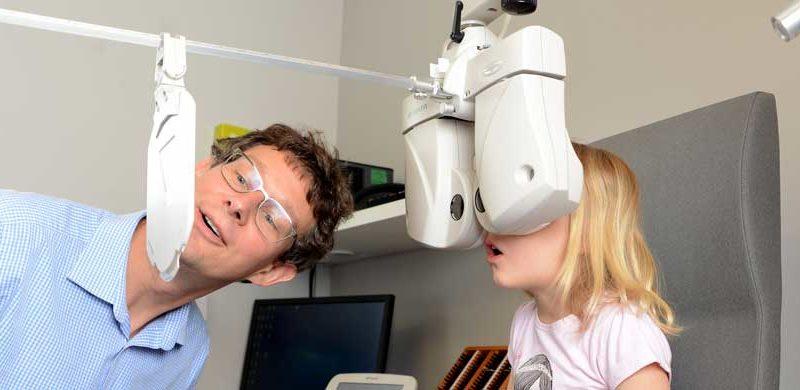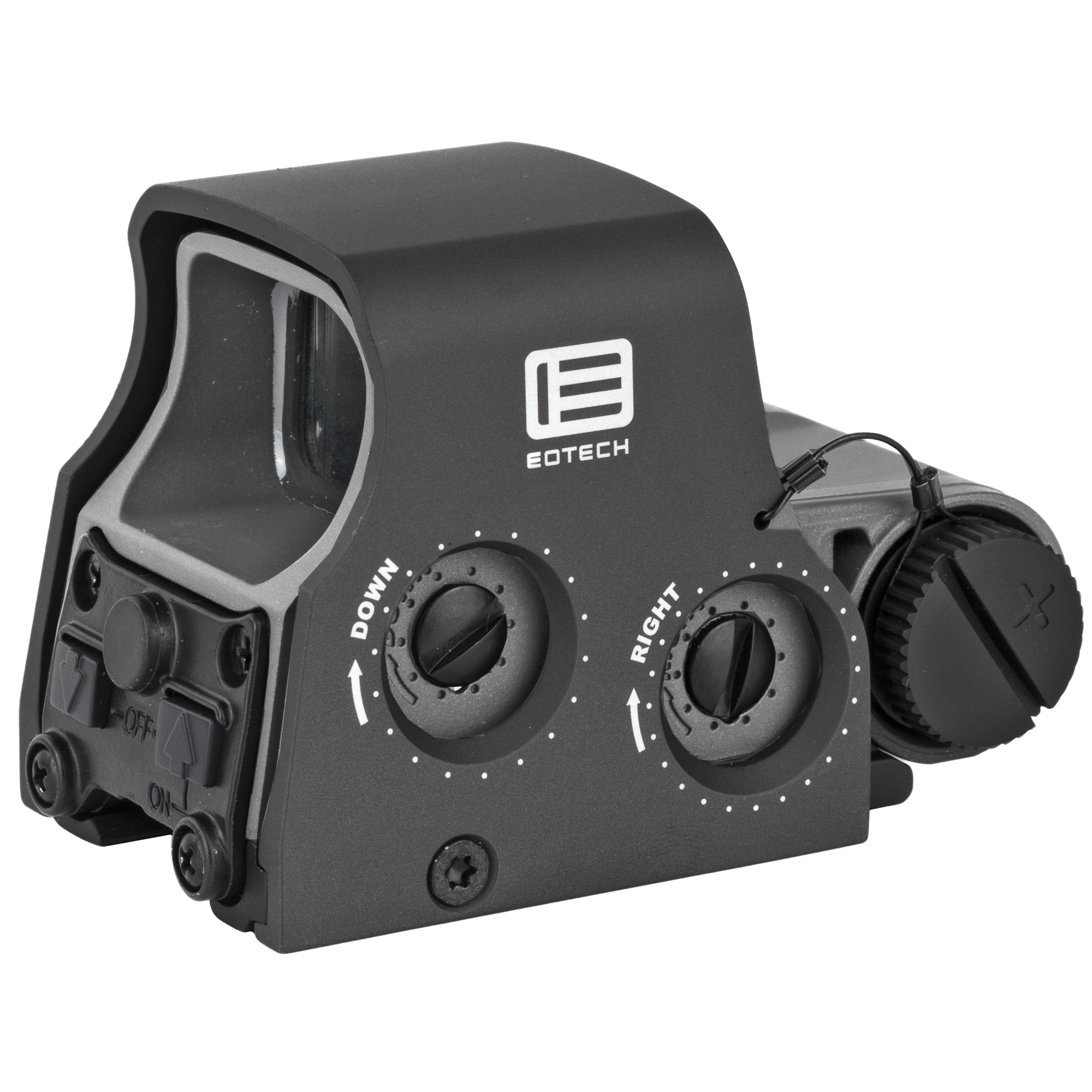


This paper follows a praxeological research approach (see overview in Reckwitz, 2002) to understand how the material, spatial, and embodied practices are meant to be enacted at new and dispersed sites ( Schatzki, 2005), and how this is challenged by pre-existing assumptions about how work is done ( Ashforth et al., 2000). Although there seems to be a consensus that managerial control practices must be adapted for NWW ( Kurland and Cooper, 2002 Taskin and Edwards, 2007), little is known about how this process can be organized in a public bureaucracy. Existing literature highlights the need to re-align managerial control when employees’ work time-and especially work space-has become more flexible ( Kurland and Cooper, 2002 Taskin and Edwards, 2007 Field and Chan, 2018). Even before the COVID-19 pandemic, the adoption of NWW was steadily increasing ( European Foundation for the Improvement of Living and Working Conditions, 2015) reflected in national laws that stipulate the right to request flexible working arrangements (e.g., the Flexible Working Act in Netherlands, Overheid, 2016 or the Flexible Working Regulations the United Kingdom, The National Archives, 2014). NWW absorb perspectives previously described as “telecommuting” ( Feldman and Gainey, 1997) or “schedule control” ( Kelly et al., 2011) and are characterized by greater flexibility in work time and space and also by an increased use of information and communication technologies ( Demerouti et al., 2014). Since the threat of spreading COVID-19 in the office is still present, many organizations are considering a transformation toward more “novel” work practices ( Von Blazekovic, 2020), often subsumed as “new ways of working” (NWW). Recently, remote working has been rapidly introduced in many organizations all over the world due to the COVID-19 pandemic.

Finally, we discuss how the transition to NWW may serve as both an opportunity and a potential threat to established organizational practices while highlighting the challenge supervisors face when the institutional logics conflict with remote working. Our findings emphasize that the transition to NWW must take into account prevailing institutional logics and must reconnect to a fundamental and often neglected question: What does doing work mean within the particular organization? Negotiating this fundamental question might help to overcome supervisors’ uncertainties about managerial control and provide clarity to subordinates about what is expected from them while working remotely. Three constitutive moments of the organization’s transformation to NWW are analytically distinguished: (i) how implicit becomes explicit, (ii) how collective becomes self, and (iii) how personal becomes impersonal. By interpreting interviewees’ conversations about current and anticipated future work practices in the changing work setting, we reveal tacit and hidden practices of managerial control that are currently prevalent in many organizations introducing remote working. The qualitative study builds on 38 interviews with supervisors and subordinates conducted before the advent of COVID-19. This article examines managerial control practices in a public bureaucracy at the moment of introducing remote work as part with a new ways of working (NWW) project.

1Institute of Management Science, Labor Science and Organization, Vienna University of Technology, Vienna, Austria.Martina Hartner-Tiefenthaler 1 *, Melanie Goisauf 2, Cornelia Gerdenitsch 3 and Sabine T.


 0 kommentar(er)
0 kommentar(er)
